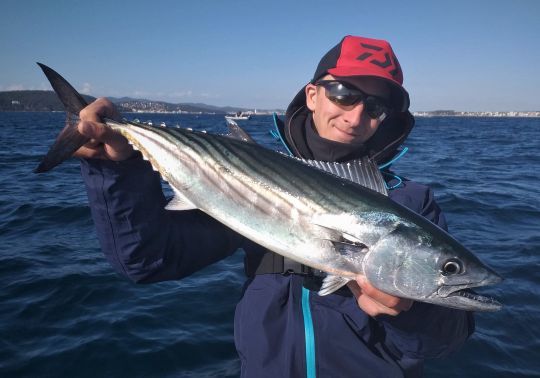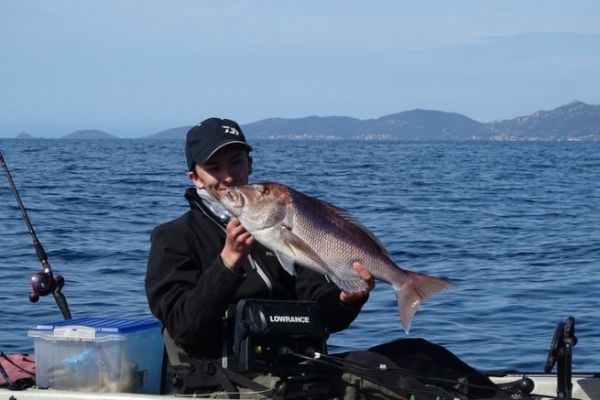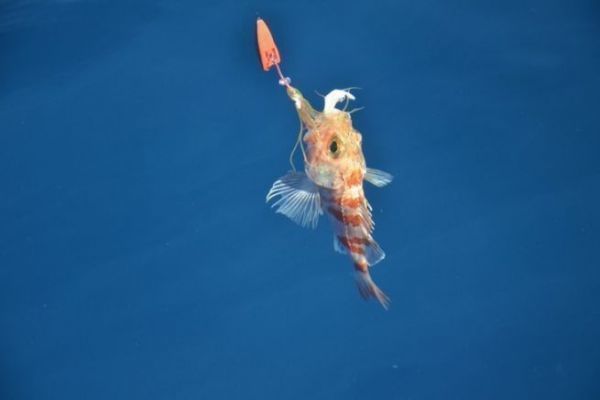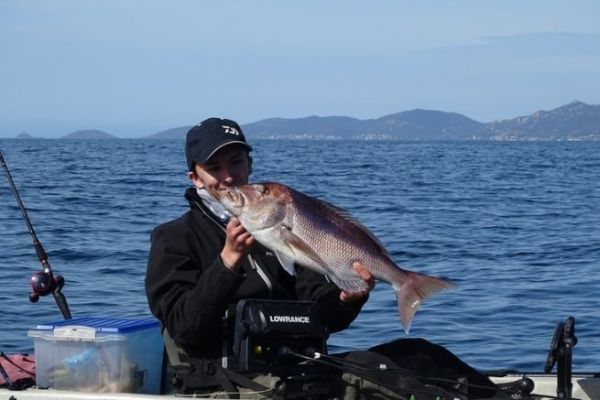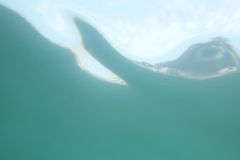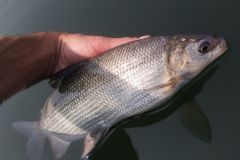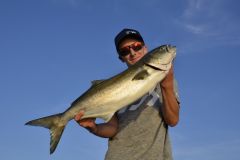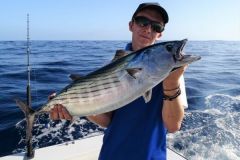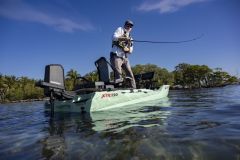Warmth and depth
The summer season is the best time to take advantage of the fine weather and get out on the water. However, human activity and the number of boats push the fish out of shallow areas, and their periods of activity can be very short.
For all-day fun, inchiku in depths of over 80 meters is a good solution. Deep-sea fish such as pink bream and redfish are very easy to bite, and are generally found near large drop-offs, from 100 to over 400 meters. If you're lucky enough to find a rocky plateau exposed to the current, you can also target pike-perch, although summer is not the ideal season.
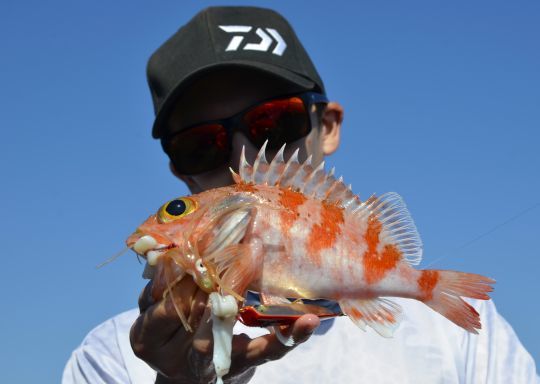
Winter freshness
It's during the cold season that inchiku fishing really comes into its own. The aim of this technique is to imitate a fleeing cephalopod in order to decide on the larger predators. When winter sets in, there are large numbers of white squid close to shore, and the big fish follow the shoals to feed on them. At night, squid can be found in water depths of less than 10 meters, but it's only at daybreak that they leave their hunting grounds to reach greater depths where the light is less blinding.
During this transitional period, predators become very active and aggressive. Pagres, dentis, amberjacks and all the other small predators love squid, especially if they're easy to catch. This allows us to fish close to breaks, where predators lie in wait between 30 and 80 meters.
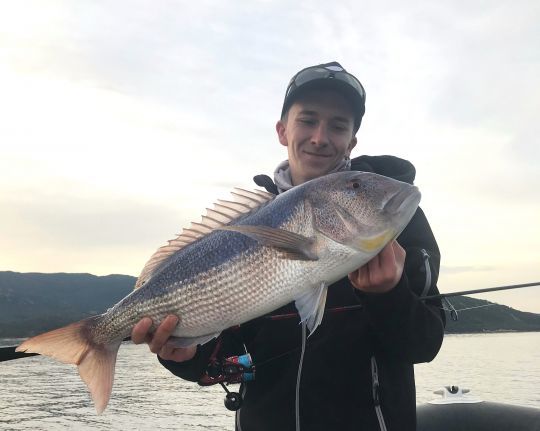
Opportunistic fishing
Of course, inchiku fishing is possible all year round. When the activity of large predators is low, we are able to fish the whole catch. Gilthead bream are a species that often come to bother us when we're looking for big fish. Very aggressive, they're capable of devouring a strip of squid in a matter of seconds. To be able to bite them, we often have to change hooks for smaller ones, able to fit into the small mouths of these fish.
The inchiku can also be used to fish in open water, where it's possible to get some nice surprises: tuna, swordfish and small pelagics are often bitten when you go to the surface. Near the bottom, it's also not uncommon to come across groupers, which are very difficult to get out on light tackle, or capons, which are much less combative.
